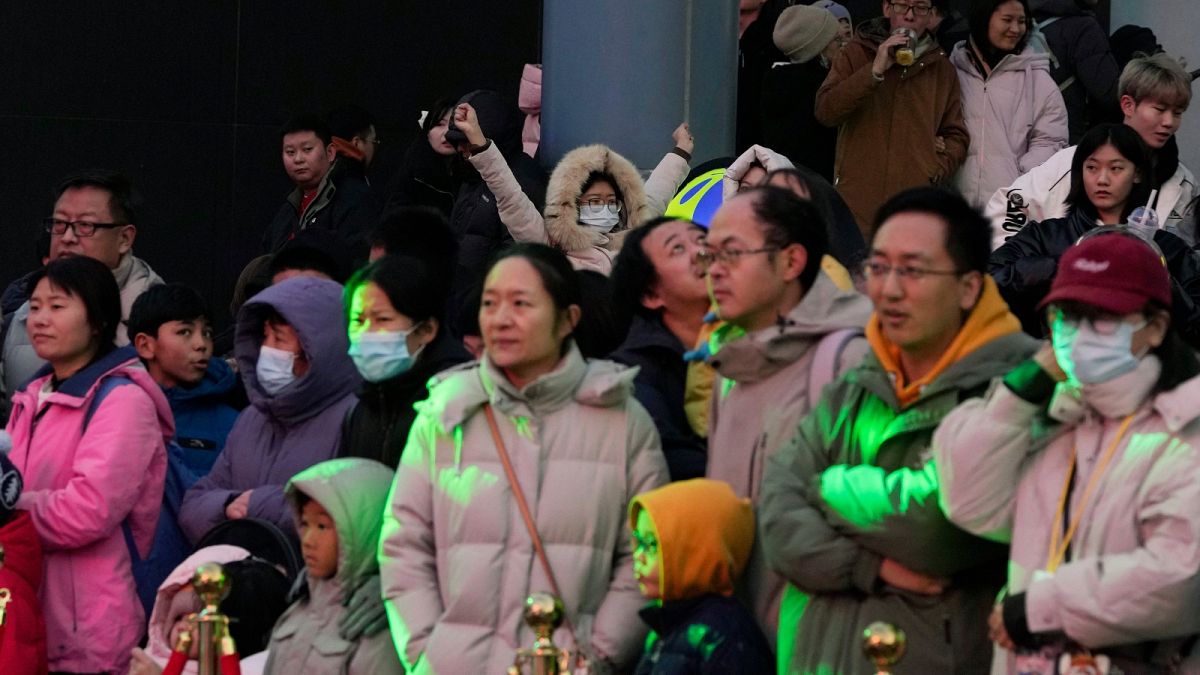China, which once sought to control population growth with its one-child policy, is now facing the opposite problem.
China’s population dropped by 2 million people in 2023 in the second straight annual drop as births fell and deaths jumped after the lifting of COVID-19 restrictions, the government said Wednesday.
The number of deaths rose by 690,000 to 11.1 million, more than double last year's increase. Demographers were expecting a sharp rise in deaths because of COVID-19 outbreaks that started at the end of the previous year and continued through February of last year.
The total population stood at 1.4 billion, the statistics bureau said. China, long the most populated country in the world, dropped into second place behind India in 2023, according to United Nations estimates.
The number of births fell for the seventh year, reflecting a fall in the birth rate that is a long-running economic and societal challenge for China. The population is aging steadily, which could slow economic growth over time and challenge the nation’s ability to provide for a larger elderly population with fewer workers.
The number of births fell by 540,000, which was less than in previous years. About 9 million babies were born in 2023, half of the total in 2016. All the figures are estimates based on surveys and do not include Hong Kong and Macao. China conducts a full census every 10 years.
Government is encouraging bigger families
China, which once sought to control population growth with its one-child policy, is now facing the opposite problem. The government has sought to encourage births since gradually easing the policy over 2014 to 2016 to allow a second child and then a third child in 2021, but with little success.
People are marrying later and sometimes choosing not to have children. Even those who do often have only one child because of the high cost of educating children in cities in a highly competitive academic environment. The population of women of child-bearing age has also fallen.
President Xi Jinping told the new leadership of the All-China Women’s Federation last October that it is necessary to strengthen guidance for young people’s views on marriage, parenthood and the family, and to promote policies that support parenthood and actively cope with the aging of the population, according to a report on a government website.
“We must tell good stories about family customs, guide women to play a unique role in promoting the traditional virtues of the Chinese nation and establishing good family customs, and create a new culture of family civilization,” he was quoted as saying.
The working-age population, defined as those between 16 and 59 years old, fell to 61% of the total population, continuing a gradual decline. The proportion of those aged 60 and older ticked up to 21%. The official retirement age in China is 60 years old for men and 50 or 55 for women.
